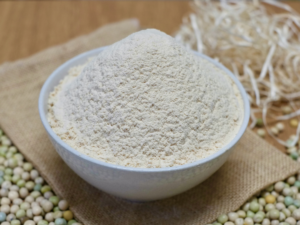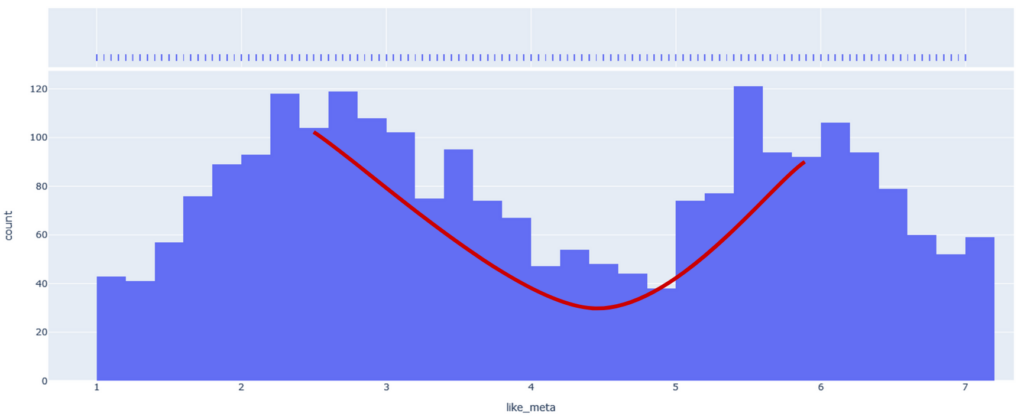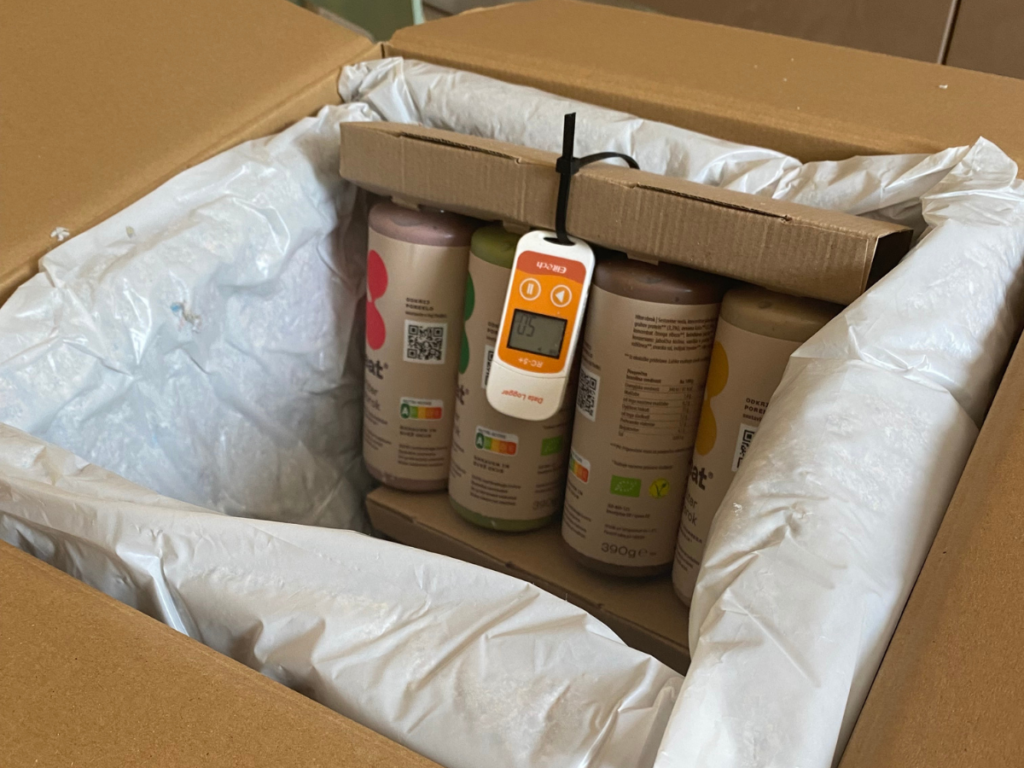How We Tackle Weeds in Organic Chickpeas
June 23, 2025We’re back in the field with our chickpea cultivation series! See how we tackle weeds after emergence using inter-row cultivation.
Read articleThe genesis and evolution of the Njamito Four exemplify the power of data-driven approach in product development.

In the embryonic phase of Njamito, our game plan was crystal clear: four flavors, two warm and two fresh. A strategic, elemental palette featuring strawberry and spinach representing the chill side, and cinnamony granola and chocolate as the warm duo. Elemental flavors, sure, you might say, but our journey was anything but.
From the outset, the organic pea protein presented a gritty problem, both metaphorically and texturally. Although healthy and environmentally commendable, being sustainably sourced and organic, it spoiled our creamy aspirations of the prototypes by making them feel grainy on people’s tongues and teeth. Thanks to the large-scale data we collected from consumers with various sensory research methods, and the consequent meticulous analysis, both quantitative and qualitative, we managed to solve the issue. Introducing specific ingredients and spices like cinnamon, we managed to not just offset the protein’s disruptive demeanor, but harmoniously weave it into our complex taste tapestry.

The protein challenge and the need to collect larger amounts of data proved useful in other areas as well. Using advanced cluster analysis on the big dataset, patterns emerged that formed clear flavor profiles for our participants. The spinach bowl strongly divided opinions (see figure below that shows the polarization among consumers about spinach bowl’s taste – the numbers one (extremely distasteful) to seven (extremely tasteful) on the x-axis represent the hedonic scores given to the Njamito flavor by the participants). Predictably, the athletic and health-focused demographic was drawn to it, and mostly consuming it before, during, or after sports activities. The chocolate lovers, predominantly indoor enthusiasts with a sweet tooth, saw in Njamito a possible replacement for their less nutritious sweet indulgences. Conversely, the granola and strawberry variants appealed to a broader audience, perhaps because of their more universally conventional base flavors.

Just as we were on the cusp of finalization of our product, the High-Pressure Processing (HPP) technology (see here for more on HPP and its use with Njamito) threw us a curveball – mostly due to it being groundbreaking and thus new and not being researched or used enough to have best practices around it readily available. The barrier we encountered was the need to lower the pH of our product to really ensure that no microorganisms evolve. This meant a complete overhaul, especially for our warm candidates. Enter the apple pie, a matrimony of granola and apple, and the jaffa cake, an alliance between chocolate and orange flavors. The chocolate-raspberry combo was tested as well, but was outperformed by the chocolate-orange pair when put head-to-head in a sensory study.
Due to the pH challenge, our deadline was suddenly closer than we expected. Time being of the essence, and with heaps of diverse data on hand, we created computational simulations instead of channeling vast resources into expansive sensory experiments to craft the optimal product.
However, no simulation or laboratory sensory study can simulate the chaotic beauty of the real world. And so, the final boss for our Njamito was deploying it into the daily routines of prospective consumers – the so-called ‘In-home test.’ Over a span of three weeks, 31 participants across Slovenia were immersed in the Njamito experience by getting deliveries of 12 bottles weekly to their homes. The ensuing feedback – an extensive time series – provided invaluable consumption patterns and insights.
In total, a total of 522 Njamito bottles substituted traditional meals. And while each flavor found its loyalists and preferred time slots – breakfast for the apple pie and spinach bowl, as an afternoon snack for the strawberry granola, and for dessert time the jaffa cake – an interesting trend emerged. The pleasure derived from each flavor varied depending on the occasion, e.g, the jaffa cake scored higher when consumed as a dessert. Beyond just hedonic metrics, Njamito also showed its impact on broader lifestyle aspects, turning out to embody parts of our mission to provide healthy food to everyone. Most participants swapped less healthy meals for Njamito, resulting in heightened daily diet satisfaction. The consistent energy levels post-consumption, the absence of drowsiness, and a sustained fullness lasting 2-3 hours were testament to Njamito’s balanced composition. Some participants even indulged in over two bottles a day, finding the convenience hard to resist, but the consequence of such consumption was that they had to deny that they dealt it after other people smelt it. This is attributed to the drink’s high pea protein and a healthy amount of fiber content, which makes the possible described side effect a testament to Njamito’s healthy nutritional richness.

The genesis and evolution of the Njamito Four exemplify the power of data-driven approach in product development. It’s a chronicle of adapting, iterating, and refining, all while staying attuned to the genuine needs and preferences of the end-users. When you have the chance to savor a bottle of Njamito, remember our journey, and join us on it.
We’re back in the field with our chickpea cultivation series! See how we tackle weeds after emergence using inter-row cultivation.
Read articleTwo days, three farms, one shared goal: growing hemp more sustainably. Here’s what we learned and shared during our tour of Prekmurje.
Read articleChickpeas offer great potential for organic farming. Join us as we walk you through the essential steps of chickpea cultivation, starting with seedbed preparation.
Read article